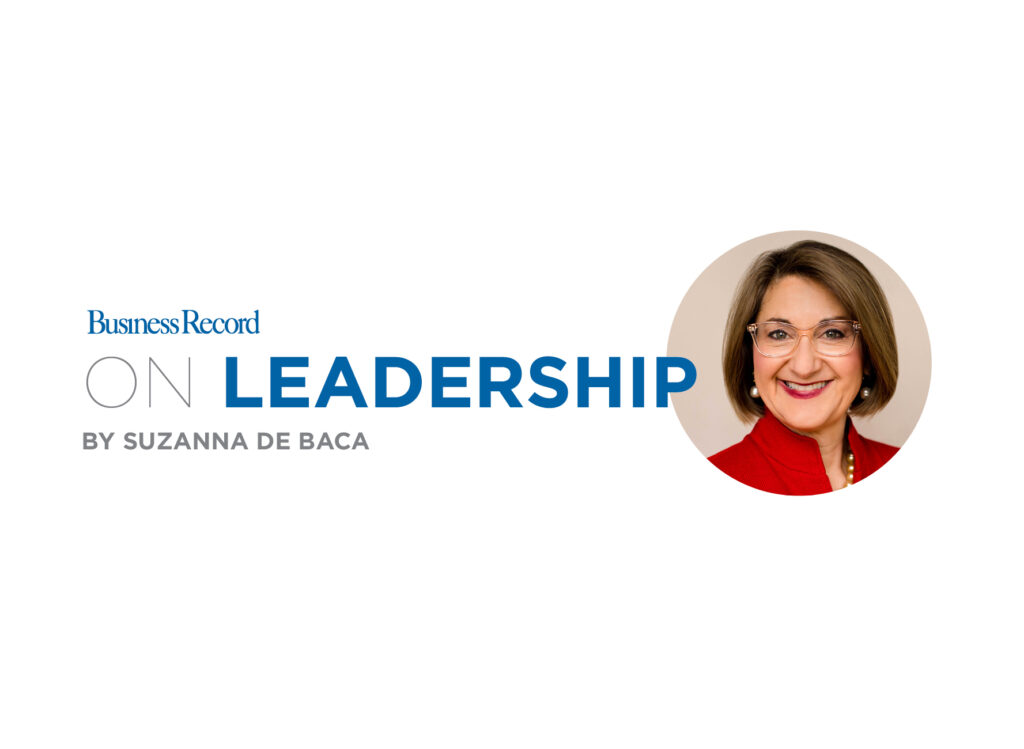The Elbert Files: Low dollar is ally in trade war

A recent newsletter by economist James Paulsen about the changing value of the U.S. dollar got me thinking about how a weaker dollar could offset some of the damage the new trade wars are inflicting on Iowa.
When I first met Paulsen in 1988, he explained the contrarian nature of the Iowa economy by saying, “Iowa is more like Texas or the Third World,” both of which benefit from rising inflation, “than we are like New York City.”
What he did not say at that time was that rising inflation weakens the dollar. He makes that connection in his latest newsletter for the Leuthold Group, a Minneapolis-based organization that provides research for institutional investors.
A weak dollar is good for most Iowans, Paulsen said, because it lowers the effective cost of exports, including soybeans, pork products and farm equipment.
When the dollar loses value, he said, it has the reverse effect of a foreign tariff.
Think of it this way: When China imposes a tariff on U.S. soybeans, it means Chinese buyers have to pay more for the commodity, and that forces Iowa growers to lower their price to remain competitive with farmers in South America, who don’t pay the tariff.
But when the U.S. dollar declines in value against other nations’ currencies, foreign buyers are able to buy more U.S. goods at the same price. The reverse is true when the value of the dollar increases. A stronger dollar means foreign markets buy fewer U.S. goods.
Between farm commodities and farm equipment, Iowa is more dependent on exports than most states. That means a weak dollar is good for Iowa.
In fact, if you overlay a chart of the value of the dollar over the past half century with one tracking the Iowa economy, you’ll find many similarities.
During the late 1970s, when the dollar was weak and falling (and much of the country was in recession), Iowa’s farm economy was booming to the degree that some analysts declared wrongly that Iowa was “recession-proof.”
During the 1980s, when the value of the dollar shot up precipitously, Iowa experienced the worst depression in 50 years.
As the value of the dollar declined in the late 1980s, Iowa’s economy began to revive and grew at a fairly steady pace until the late 1990s, when the value of the dollar rose again and the Iowa economy slowed. By 2002, the value of the dollar was falling again, and the Iowa economy was improving.
Today, the value of the dollar is neither high nor low by historical standards. Nor is it strong in one direction or the other, which brings us back to Paulsen’s newsletter, which asks if the dollar is “poised to weaken again?”
Several signs suggest the answer is yes, he said, including strong growth in many foreign countries and expectations that growth in the U.S. is slowing. Both are harbingers of a weaker dollar.
He added that while a “weak dollar makes U.S. products more competitive to global buyers,” it also “makes foreign goods more expensive for U.S residents/businesses.”
A strong dollar, he noted, benefits consumers by tamping down inflation.
Ultimately, the value of the dollar is not something that one person or even one country can control. It depends on many factors, including inflation, trade barriers and worldwide weather patterns, to name just a few.
Although “a strong dollar just sounds good and patriotic,” Paulsen said, “the truth is the direction of the dollar, up or down, simultaneously helps and hurts Americans depending on where their bread is buttered.”
For most Iowans, a weak dollar is better. And if that’s what’s happening now, it will be a better long-term solution for Iowa farmers than $12 billion of jury-rigged price supports.





